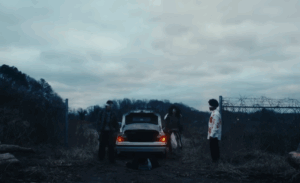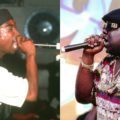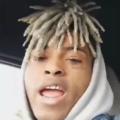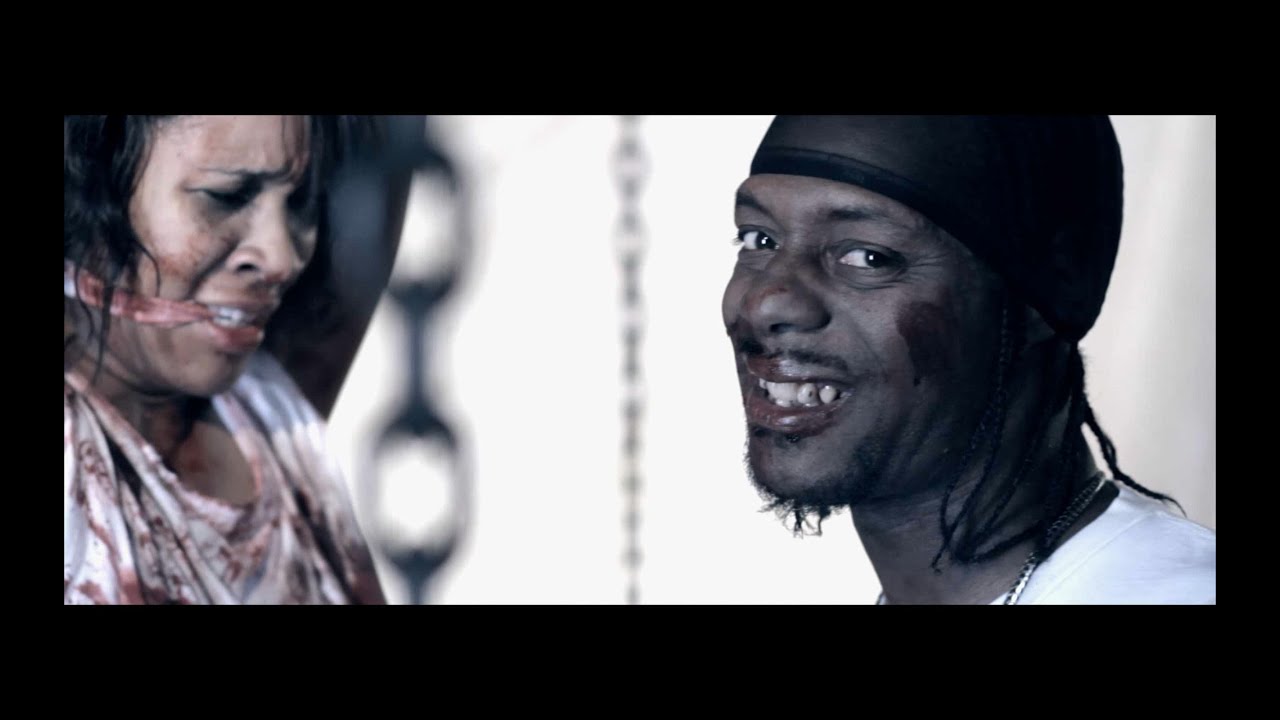
“In the back of my mind, I killed you
And I didn’t even regret it
I can’t believe I said it
But it’s true
I hate you.”
These are the lyrics of “Romantic Homicide”, written by 20-year-old singer-songwriter dv4d. This song is one of many with a dark theme and story. Another example is Johnny Cash’s “Delia’s Gone,” which sings:
“So if your woman’s devilish
You can let her run
Or you can bring her down and do her
Like Delia got done”
In Cash’s story, he tells the story of shooting and killing a woman who betrayed him. It is clear that this is a fictional tale and does not reflect his personal life. The difference between Cash’s song and d4vd’s is that a teenager’s body was not found in the trunk of Johnny Cash’s car. This recent discovery has blurred the line between art and reality when the expression depicts violence.
On September 8, 2025, a strong odor was emanating from David Anthony Burke’s (d4vd) Tesla, which was in a Hollywood tow lot. It was Celeste Rivas Hernandez, a 15-year-old girl, who had been rotting in the vehicle for days. Although detectives have not identified who committed this gruesome murder, and I am not suggesting that it was David, some may view his dark music as potentially incriminating evidence.
According to reports, David is said to have had a romantic relationship with Celeste. Despite being underage, she was seen spending time with David at various age-restricted events. It was also discovered that Celeste and David had matching “sshhh” tattoos on their index fingers. Data shows that about one-third of female murder victims are killed by an intimate partner. All this considered, some have come to believe that David could have committed this horrible crime. Adding to people’s suspicions, some of the d4vd’s songs don’t necessarily make him look innocent.
Just a few months before Celeste’s body was found, the music video for d4vd’s song “One More Dance” visually depicted a body being dragged into the trunk of a car and buried. This imagery had led people to wonder whether the lyrics of “Romantic Homicide” and the visuals for “One More Dance” are references to Celeste’s death.
This is not the first time that someone’s lyrical expression has been used against them. In 2012, Jamal Knox, known as Mayhem Mal, faced multiple charges during a traffic stop. Shortly after, Knox posted a song on YouTube titled “F*ck the Police.” While many songs express anger towards issues like police brutality, Knox’s song was interpreted as threatening. Knox boldly names the two officers that were involved in the traffic stop and towards the end of the song, raps: “Let’s kill these cops / cause they don’t do us no good / Pullin your glock out cause I live in the hood.”
Some argue that Knox’s song should’ve been protected by the First Amendment, while others confidently believe that this crosses the line and is a blatant death threat. Ultimately, this case was taken to the Pennsylvania Supreme Court, where it was ruled that because Knox explicitly addressed the cops and appeared to have specific intent, this speech was not protected.
This ruling has raised some concerns about cultural and racial bias because rap music, which is predominantly produced by Black artists, may be more likely to be criminalized than other genres of music. It poses the question of how we can establish clear guidelines for what constitutes protected speech and what crosses that line and causes harm.
Seeing how Jamal Knox’s lyrics were used against him in court, I am curious as to the extent that d4vd’s music will factor into the investigation of Celeste’s murder. As a society, we should remind ourselves that not all songs reflect the artist’s reality, but that many have symbolic meaning. Movie directors create horror films all the time, and yet they are never criticized or criminalized for their creativity. As Celeste’s murder is still being solved, the important question is whether his music can be used as evidence or will we recognize it as part of his artistic style. At the end of the day, the priority must be justice for Celeste and gaining clarity on where freedom of expression begins and ends.







Courts typically require evidence to be directly relevant to the case and to be probative. While artwork may reflect the creator’s inner world, its content is often metaphorical, symbolic, or exaggerated, making it difficult to directly prove criminal intent or behavior. Artistic creation can often be a release of hidden pressures, with people embodying hidden thoughts and secrets in their works. These may not be realistic, merely impulses suppressed by reason, but they are still part of the person. So, can this be used as evidence in court?